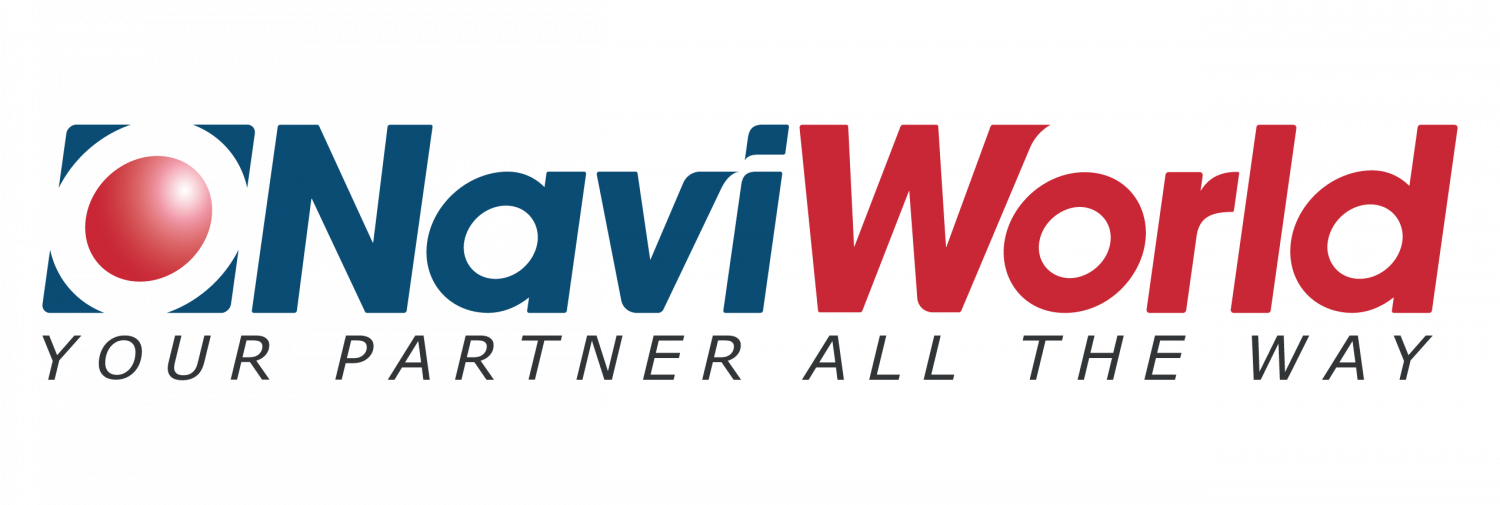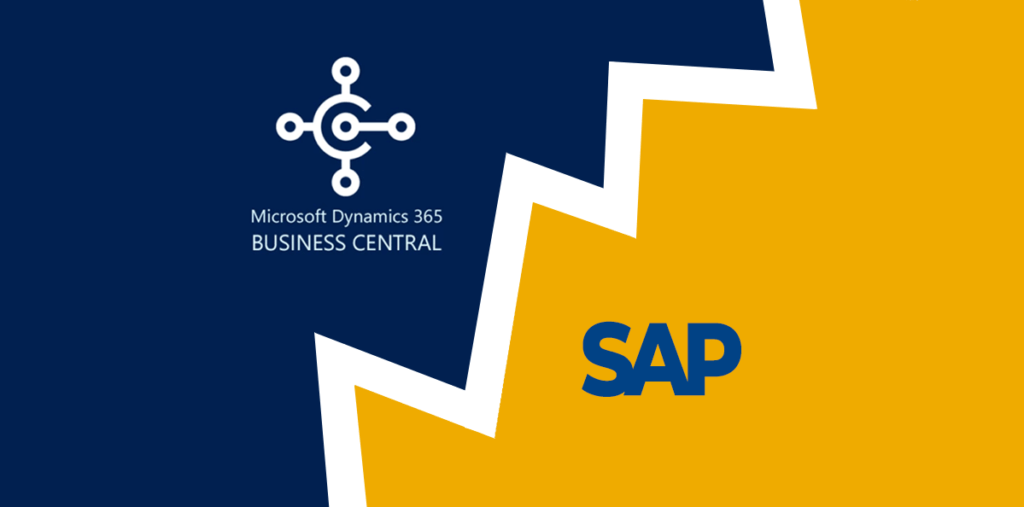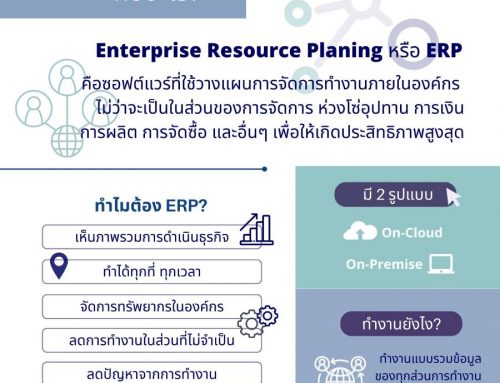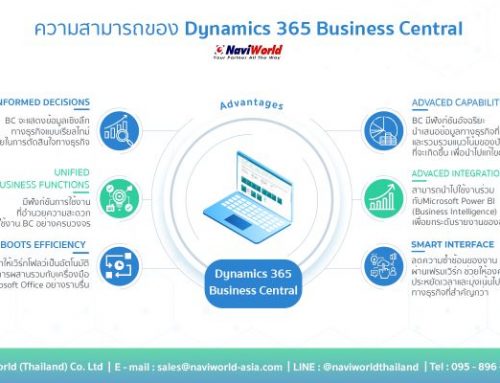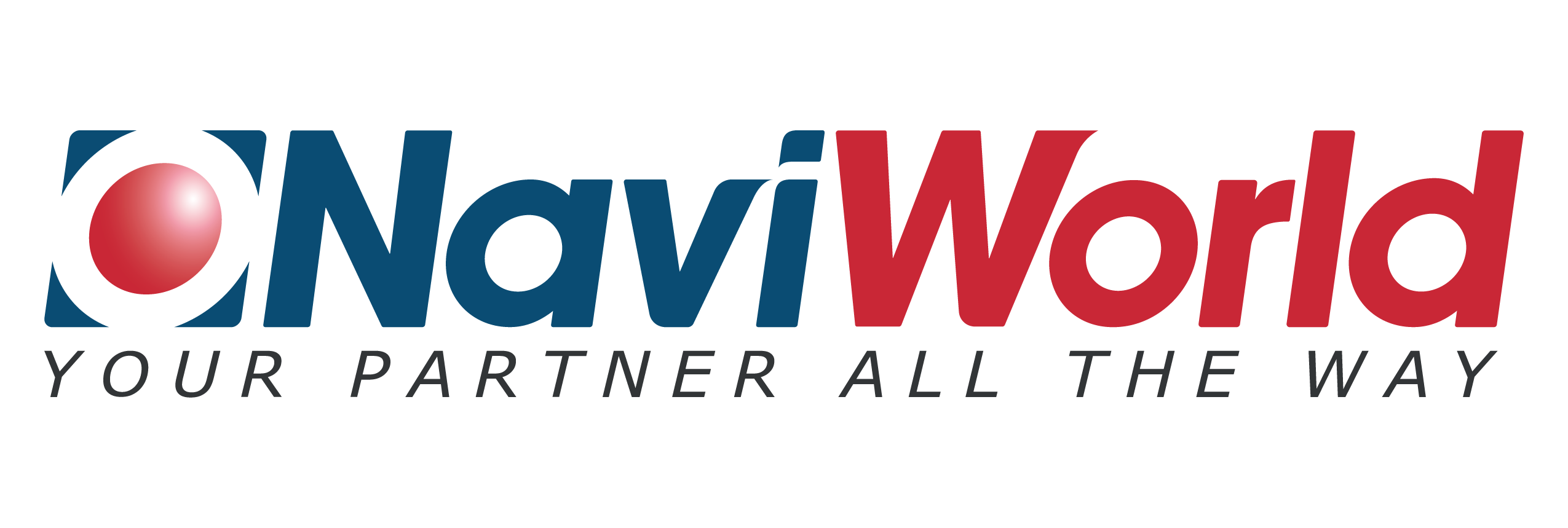Ask anyone who knows what Enterprise Resource Planning (ERP) systems are about and most would tell you SAP. For a company that started the craze about ERP in 1972, SAP has very strong brand recognition and standing when it comes to ERP.
Choosing the right ERP system will help transform and scale your business; while picking the wrong one may just make your business worse off than when you started. So how do you know which ERP is the one for your business? This article will look at the two main industry leaders of ERP in Singapore — Microsoft and SAP. I will break down the key differences between the two and explain why Dynamic 365 Business Central is “THE” alternative to SAP ERPs.
Some Background Info on SAP and Dynamics 365 Business Central
SAP has 3 main ERPs on offer:
- SAP S/4HANA – For large enterprises. It is the successor of SAP R/3 and SAP ERP and is optimised for SAP’s in-memory database SAP HANA.
- SAP Business ByDesign – A cloud enterprise resource planning software (Cloud ERP) that is sold and operated as software as a service.
- SAP Business One – An ERP designed as an on-premise ERP for small and medium-sized enterprises, which served many companies in Singapore. The system was acquired by SAP when it bought out Israeli firm TopManage Financial Systems in 2002.
Microsoft acquired a company called Navision Software A/S in 2002. This acquisition provided Microsoft with two ERP solutions from Navision Software A/S: Navision and Axapta. Microsoft rebranded Navision as Microsoft Dynamics NAV and included it to its Microsoft Dynamics group of business software. Since the acquisition, Microsoft has invested heavily in R&D to connect Microsoft Dynamics NAV to work seamlessly with its suite of Microsoft technologies. Microsoft took nearly 10 years of R&D investment to make Microsoft Dynamics NAV a cloud ERP. It has since been renamed to Dynamics 365 Business Central in 2019.
What is The Dynamics 365 Business Central ERP System?
Microsoft Dynamics 365 Business Central (D365BC) is an enterprise resource planning (ERP) system from Microsoft targeting mid-sized enterprises.
The key capabilities of Dynamics 365 Business Central include:
- Options for cloud or on-premises.
- Accessible through PC, Tablet, or Phone with Microsoft datacenter encryption protection.
- View charts and reports in real-time through built-in reports, Excel, or Power BI.
- Built-in AI for stock replenishment and cash flow forecast.
- Seamless integration with Office365 such as Excel, Words, Outlook, etc.
- Standard Modules include:
- Finance
- Sales
- Procurement
- Inventory and Warehouse Management
- Manufacturing
- Project Management
- Service Management
- More than 1500 add-on solutions built by established ISV. These include the LS Central, BC AnyWhere mobility, etc.
So in short, Dynamics 365 Business Central is a very capable ERP that can meet the needs of most companies in Singapore.
Common Reasons For and Against SAP
What is attractive about SAP’s ERP?:
- Brand – There is an old belief that nobody got fired for choosing SAP. This is an attractive motivation for decision-makers from public services and large MNCs alike.
- Functionalities – If a company is looking for large enterprise-level ERP, SAP S/4 HANA is an obvious option besides Oracle.
At the same time, there are companies who avoid SAP for the following reasons:
- High Investment Cost
- Complex and Lengthy Implementation
- Well known cases of project failure
So, What Makes Dynamics 365 Business Central THE alternative to SAP?
Large Singapore Companies are Not that Big in ERP terms
Firstly, large companies in Singapore are usually not that large. Gartner defines tier-1 ERP such as SAP S/4 Hana, and Oracle as ERP targeting typically the fortune 1000 companies. There are very few companies with that revenue turnover in Singapore.
Accordingly to IMDA, 99% of companies in Singapore are classified as SMEs. Only 1% of companies are large enterprises.
Large Enterprises may Not Need Tier 1 ERP
There has been a trend in the last 15 years for large enterprises to implement de-centralised or two-tier ERP. They deploy tier 2 or even tier 3 ERPs for individual entities. Some may adopt a hub-and-spoke strategy with tier 1 ERP at the HQ working together with other ERPs at the subsidiaries level.
There are a few advantages to this:
- Fast and flexible project roll-out.
- This deployment strategy allows subsidiaries to select the ERP based on their local situation and requirement.
- Lower overall investment cost.
License and Subscription Cost of the Software
Unlike most ERP companies who need to make sufficient profit from their products, Microsoft is positioning Dynamics 365 Business as a strategic product. For a very capable ERP solution, Microsoft is pricing the software well below its value as compared to the competing ERPs.
Furthermore, Singapore customers of Dynamics 365 Business Central are enjoying a much lower Asia pricing. Even when compared to SAP’s lowest-priced product, SAP Business One, Dynamics 365 Business Central is significantly cheaper.
3 Clients at No Extra Cost
Dynamics 365 Business Central can be accessed through 3 user interfaces:
- Web Client that runs on PC and Mac
- Tablet Clients on Android and iOS
- Phone Clients on Android and iOS
So, what is the advantages:
- Easy to deploy. Web client runs on various web browsers. So, no installation of the client, and easy to maintain and upgrade.
- 3 Clients without the need to pay extra. The phone app is licensed separately for SAP.
- D365BC clients are technologically more advanced. The programmer just needs to do the customisation once and deploy to 3 clients. SAP app will need to be customised separately from the main application.
Matured and Rich Functionalities
Dynamics 365 Business Central started in 1987. It went through more than 30 years of development. As compared to SAP Business One that started in 1996 and SAP Business ByDesign in 2007.
There are about 3 times as many customers using Microsoft Dynamics 365 group of ERP softwares as compared to the total of SAP Business One and SAP Business ByDesign combined.
Dynamics 365 Business Central has about twice as many add-on solutions as compared to SAP Business One. So, it can acquire many functionalities that cover requirements from many industries without the need for customisations.
More Options for Deployment
Unlike SAP Business One, which is mainly an on-premise ERP and SAP Business ByDesign as a pure cloud ERP, Dynamics 365 Business Central is designed for cloud and also can deploy as an on-premise solution.
Such flexibility offers multiple options to customers based on their needs.
Resource Pool
There are about twice as many implementation partners in Singapore for Dynamics 365 Business Central as compared to SAP Business One and Business ByDesign combined. So, there is a larger pool of Dynamics 365 Business Central consultant resources in Singapore as compared to many other ERPs.
Dynamics 365 Business Central (formerly known as Navision) has a long history in Singapore (since the mid-1990s) as compared to SAP Business One and Business ByDesign. There are many more people in Singapore with Dynamics 365 Business Central experience.
True Cloud ERP
Besides being able to deploy the ERP on-premise, Dynamics 365 Business Central is designed as a “True Cloud ERP”.
Unlike SAP Business One, Dynamics 365 Business Central is hosted by Microsoft on its world-class Azure cloud hosting. It has strong integration with the Microsoft 365 app. But what makes it a “True Cloud ERP” is that it is designed for multi-tenant architecture. This architecture allows a single instance of a software application to serve multiple customers. This advantage allows Microsoft to manage many customers efficiently, thus resulting in lower subscription costs.
Enhancement to the Dynamics 365 Business Central is deployed by Microsoft periodically. Thus, you will always run the latest version of the Dynamics 365 Business Central.
Buyer Beware
But what are the common complaints about Dynamics 365 Business Central?
One of the obvious complaints is the confusing branding by Microsoft. SAP is a master in branding and marketing of their ERPs. Microsoft’s recent rebranding of their two ERPs and one CRM into the Dynamics 365 brand has created much confusion. Additionally, Dynamics 365 consists of at least 3 products — one CRM, and two ERPs.
Some of you may be past users, or even current users of Dynamics 365 Business Central, and have a bad experience with it. However, this has more to do with the poor implementation rather than the product itself. I had come across many troubled projects of other ERPs throughout my course of work, including failed SAP implementations. Most of the problems that occur in the troubled Dynamics 365 Business Central implementation was mainly due to poor project management and heavy customisations.
My article on “How to Avoid Common Mistakes in ERP Implementation” and “10 Keys to Successful ERP Implementation” will help you to avoid mistakes in your ERP implementation.
You may also like to read my article on “How to Select ERP for SME” to avoid pitfalls in the evaluation of your ERP.
As I always emphasise implementation is more important than the ERP software functions and features.
Conclusion
Although the branding of SAP is much superior, Dynamics 365 Business Central delivers value that is unmatched by other ERPs in Singapore. The technologies that Microsoft invested in the Dynamics 365 Business Central is making it the most advanced ERP available.
So for companies looking for an ERP, they should include Dynamics 365 Business Central in their evaluation shortlist.
If you like to discuss further and understand more about ERP, please do not hesitate to contact us.
